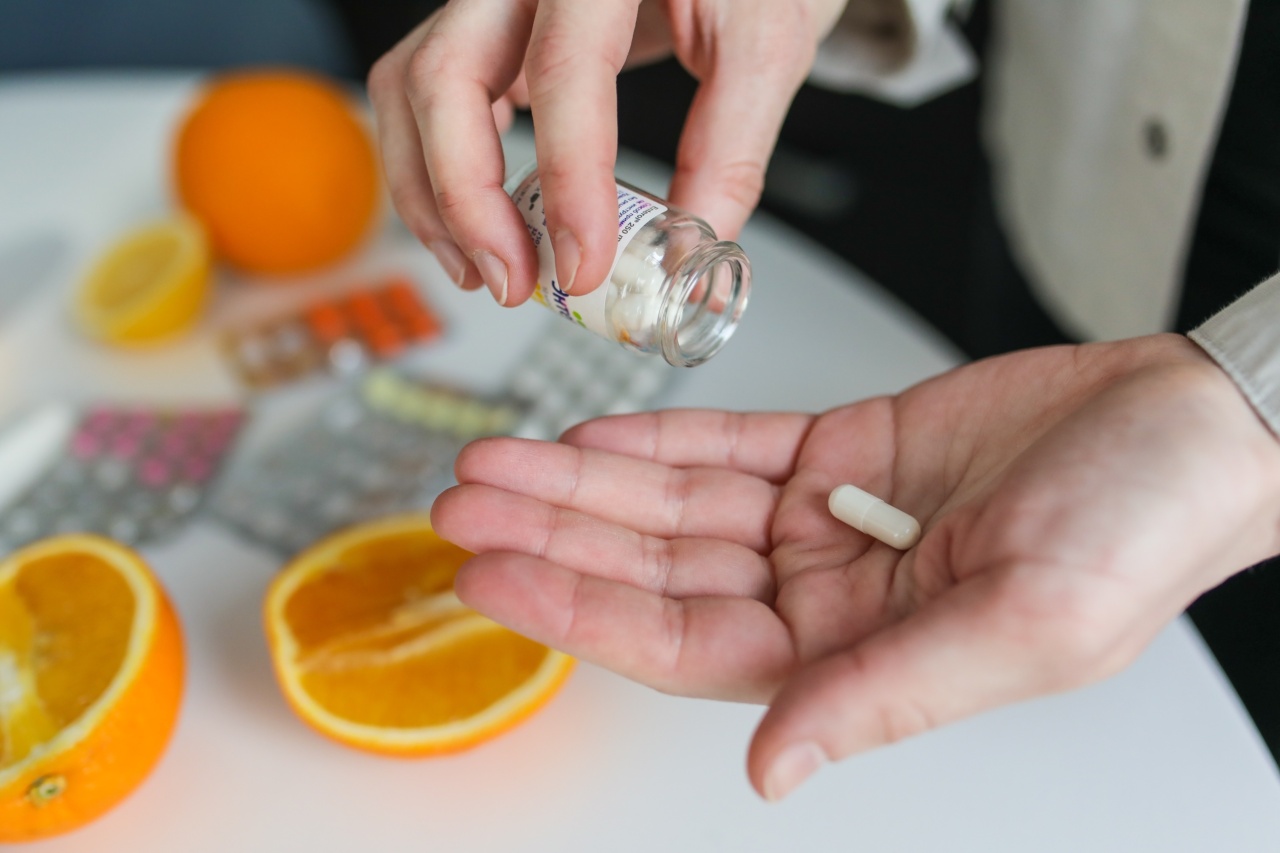Flu is a common viral infection that affects the respiratory system. However, many people are unaware that flu can also affect the skin, leading to a condition known as skin flu.
Skin flu, also known as viral exanthem or viral rash, is characterized by a rash or skin irritations that result from the infection. In this article, we will discuss the prevention and treatment strategies for managing skin flu.
Understanding Skin Flu
Skin flu is caused by several different viruses, including the influenza virus, parainfluenza virus, adenovirus, and enteroviruses.
These viruses invade the skin and cause an inflammatory response, leading to the development of a rash or skin irritation. The rash may appear as red spots, bumps, blisters, or patches and can be itchy or painful.
Prevention Strategies for Skin Flu
Preventing skin flu involves practicing good hygiene and avoiding contact with infected individuals. Here are some preventive measures to follow:.
1. Hand Hygiene
Regularly washing your hands with soap and water for at least 20 seconds can help prevent the spread of viruses that cause skin flu. Use hand sanitizers if soap and water are not readily available.
2. Avoid Close Contact
Avoid close contact with individuals who have flu symptoms or skin rash. Skin-to-skin contact with an infected person can increase the risk of contracting skin flu.
3. Cover Your Mouth and Nose
When coughing or sneezing, cover your mouth and nose with a tissue or your elbow to prevent the spread of respiratory droplets that may contain the viruses. Dispose of tissues properly and wash your hands afterward.
4. Maintain Clean Surfaces
Clean and disinfect frequently touched surfaces, such as doorknobs, light switches, and countertops, to eliminate viruses that may linger on these surfaces.
5. Avoid Sharing Personal Items
Avoid sharing personal items like towels, razors, or clothing with others, as this can promote the spread of skin flu viruses.
Treatment Strategies for Skin Flu
While skin flu is usually self-limiting and resolves on its own within a few days to weeks, there are a few treatment strategies that can help alleviate symptoms and promote faster healing:.
1. Symptom Management
Over-the-counter pain relievers and anti-itch creams can help manage symptoms like pain, discomfort, and itching. Follow the instructions on the package, and consult a healthcare professional if symptoms worsen or persist.
2. Moisturize the Skin
Applying moisturizers or gentle, unscented lotions can help soothe dry and irritated skin caused by skin flu. Avoid using scented products or those with potentially irritating ingredients.
3. Avoid Scratching
Although it may be tempting, avoid scratching the rash or irritated skin. Scratching can further damage the skin, increase the risk of infection, and delay the healing process. Instead, use cold compresses or antihistamines to alleviate itching.
4. Stay Hydrated
Drinking plenty of fluids, particularly water, can help keep the skin hydrated and promote healing. Adequate hydration supports overall skin health and prevents excessive dryness.
5. Seek Medical Advice
If the rash worsens, spreads to other areas of the body, or is accompanied by high fever, difficulty breathing, or other severe symptoms, it is important to seek medical advice.
A healthcare professional may recommend antiviral medications or other treatments depending on the severity of the condition.































